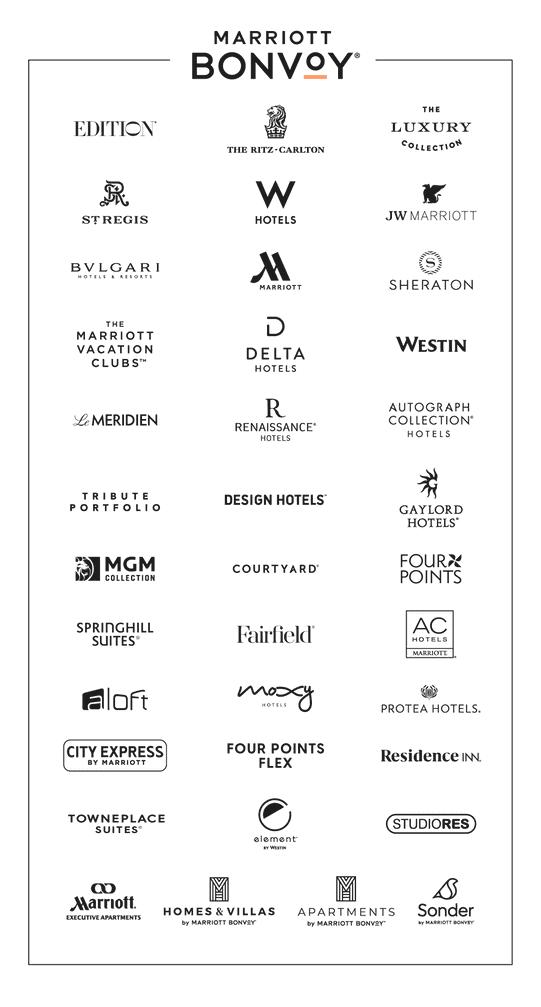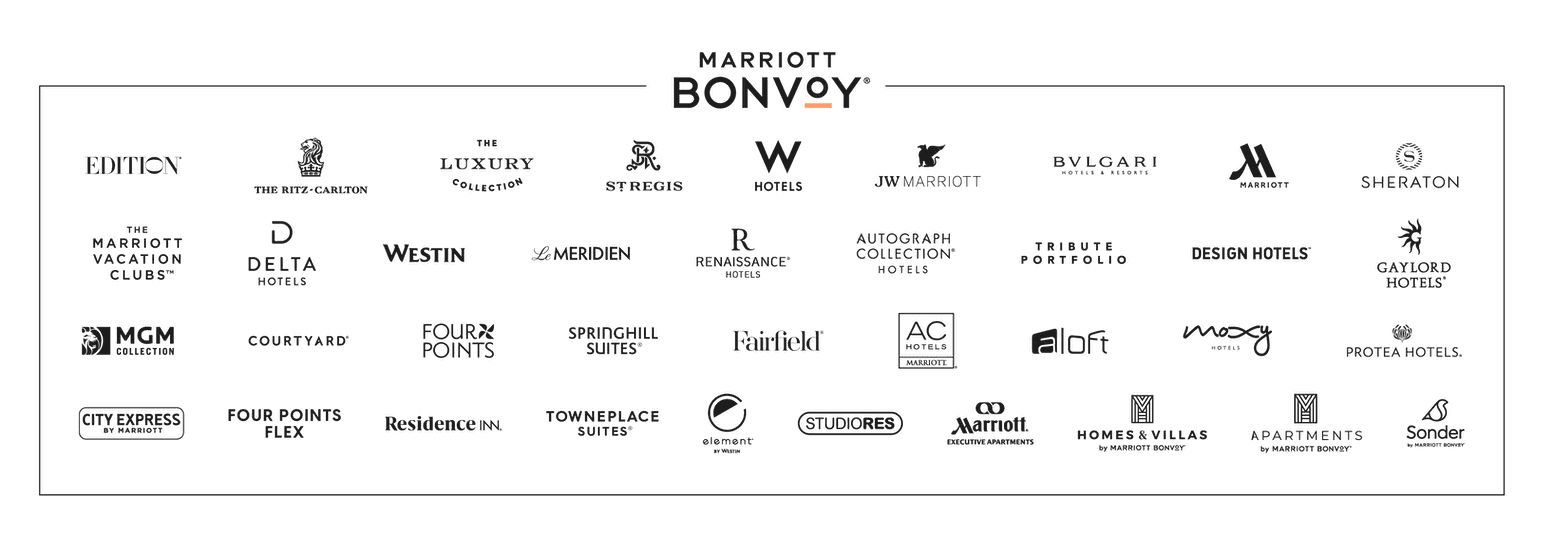The Event Tech You Need Now
In a year marked by cautious budgets and rising expectations, meeting and event planners are walking a tightrope, trying to deliver high-impact experiences without overspending. But even in a cost-conscious environment, technology remains a priority. In fact, 42% of planners increased their tech investment in 2024, according to findings from the May 2024 Northstar Meetings Group PULSE Survey. Why? Because the right tech isn’t just a shiny object—it actually makes events more efficient, measurable, and meaningful.
As attendee expectations evolve and operational pressures mount, strategic tech investments are helping planners do more with less. From improving the check-in experience to tracking sustainability metrics, today’s tools offer real ROI.
Here’s where planners are choosing to spend on tech—and why the innovations are worth the investment.
Biometric Check-In and Facial Recognition
Streamlining the registration process is a top priority for planners, especially as staffing remains tight. Biometric check-in kiosks—including facial recognition and fingerprint scanning—are becoming increasingly common at larger events and conferences. These systems speed up entry, reduce lines, and elevate the attendee experience by adding a layer of personalization and security. In fact, facial recognition is already being adopted by major venues and airports. According to Allied Market Research, the global facial recognition market is projected to reach $16.5 billion by 2032, and the events sector is a growing contributor to that figure.
Why it’s worth the splurge: Faster lines and lower labor costs equal a more successful event.
Digital Twins for Venue Mapping and Planning
Digital twins (3D virtual replicas of physical venues) are transforming how planners design and test events. These tools allow for real-time visualization of layouts, attendee flow, and potential bottlenecks, making pre-event planning more precise and collaborative. They’re especially valuable for hybrid or multilocation events where remote stakeholders need visibility.
Perhaps the most high-profile examples of the use of digital twins was at the 2024 Paris Olympic and Paralympic Games. The technology enabled planners to place infrastructure objects, such as barriers and fencing, and then track them in one place in real time. Planners could also use the tech for instant capacity estimates, and to calculate camera angles, preview seat views, and improve the experience for spectators needing assistance.
Why it’s worth the splurge: It reduces planning time and your carbon footprint as it can eliminate site visits.
Carbon Footprint Tracking Software
As corporate clients and attendees demand greener events, planners are relying on software that tracks emissions on everything from travel and accommodations to catering. Tools like TRACE by isla or Thrust Carbon give planners data-driven insights to help them set goals and report progress.
Why it’s worth the splurge: A 2025 AMEX global business travel study suggests that more than half (54%) of meeting professionals agree sustainability is extremely or very important. And most companies have defined sustainability goals to reduce carbon emissions. Carbon footprint tracking software helps satisfy both parties.
AI-Powered Personalization Tools
Artificial Intelligence is fast becoming a behind-the-scenes powerhouse in events. According to research from AMEX, 50% of meeting planners plan to use AI to help them with their events in 2025. And you don’t even need to be a tech whiz to get a big ROI on AI. Programs like ChatGPT, Otter.ai, and Canva can help personalize agendas, suggest sessions based on past behavior, match attendees for networking, and even adapt content in real time.
Why it’s worth the splurge: It increases relevance and engagement without adding workload.
Smart Badges and Wearables
Smart badges (a form of wearable tech) are advanced ID tools designed to streamline event operations and enhance the attendee experience. Unlike standard stick-on name tags, they use integrated technology to automate tasks, gather real-time insights, and support touch-free interactions—no Sharpies necessary.
Each badge is equipped with a chip that holds key attendee details (such as name, organization, and preferences). Using wireless communication with scanners or terminals, these badges enable fast check-ins, seamless data capture, and easy networking. They’re particularly useful for large-scale expos and conferences where attendee behavior insights inform future event design.
Why it’s worth the splurge: It offers real-time insights and helps measure success with precision.

Mobile Event Apps With Engagement Features
Mobile apps may seem like an obvious tech solution, but their capabilities have evolved. In 2025, planners are prioritizing apps that integrate not only schedules and maps, but also AI-powered chatbots, live polls, gamification, and push notifications for real-time updates. Modern apps may also support hybrid and multilingual audiences with translation tools and livestream integration.
Why it’s worth the splurge: Mobile apps like Bizaboo, Whova, and Cvent Events consolidate communication and boost in-the-moment engagement.
Immersive Technologies Like VR for Remote or Hybrid Events
Virtual reality and 360-degree video are helping bridge the gap between in-person and remote attendees. From virtual site tours to immersive sponsor booths and breakout sessions, these tools create a more engaging remote experience. While high production costs slowed adoption in the past, more affordable options such as MeetinVR, Virbela, and AltspaceVR are making VR more accessible in 2025.
Why it’s worth the splurge: It elevates virtual attendance and drives more meaningful hybrid experiences.


The following brands do not participate in Marriott Bonvoy™ Events: Design Hotels, Marriott Executive Apartments, Residence Inn, TownePlace Suites, StudioRes, Bulgari Hotels & Resorts, The St. Regis Residence Club, The Phoenician Residences, a Luxury Collection Residence Club, Scottsdale, The Ritz-Carlton Club, The Ritz-Carlton Yacht Collection, and Homes & Villas by Marriott Bonvoy. For a full list of participating and non-participating brands, please click here.